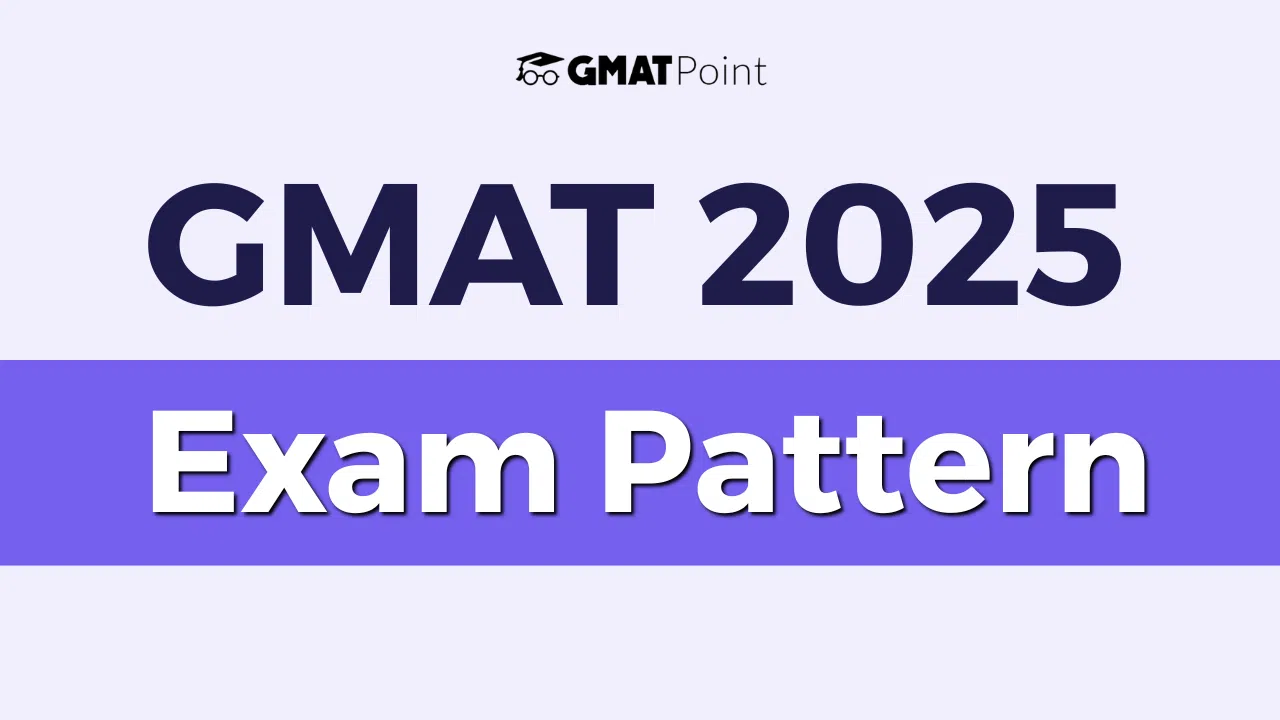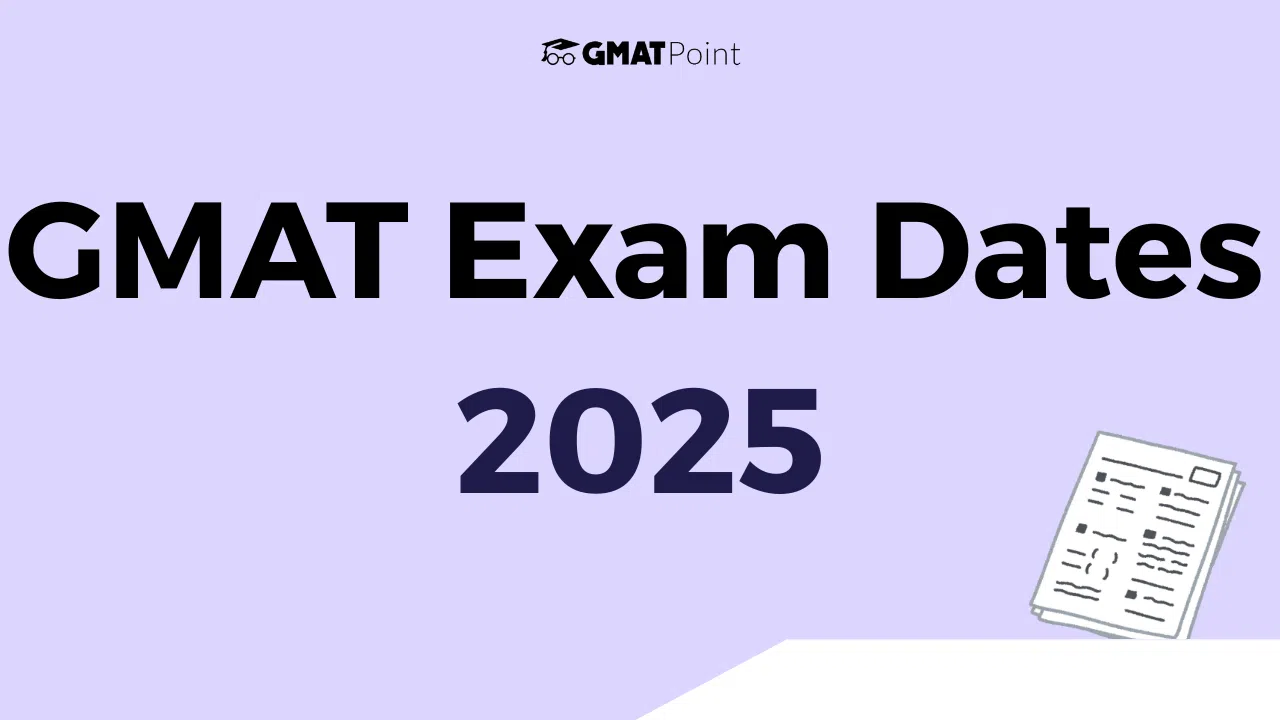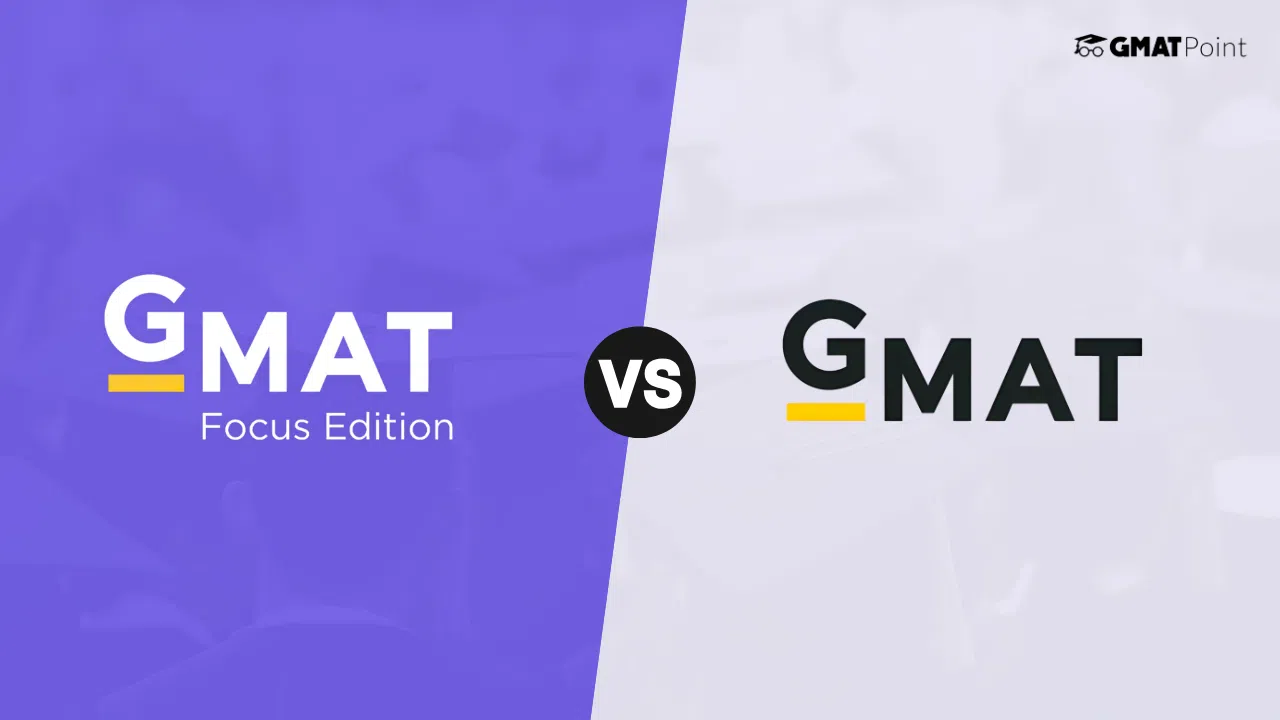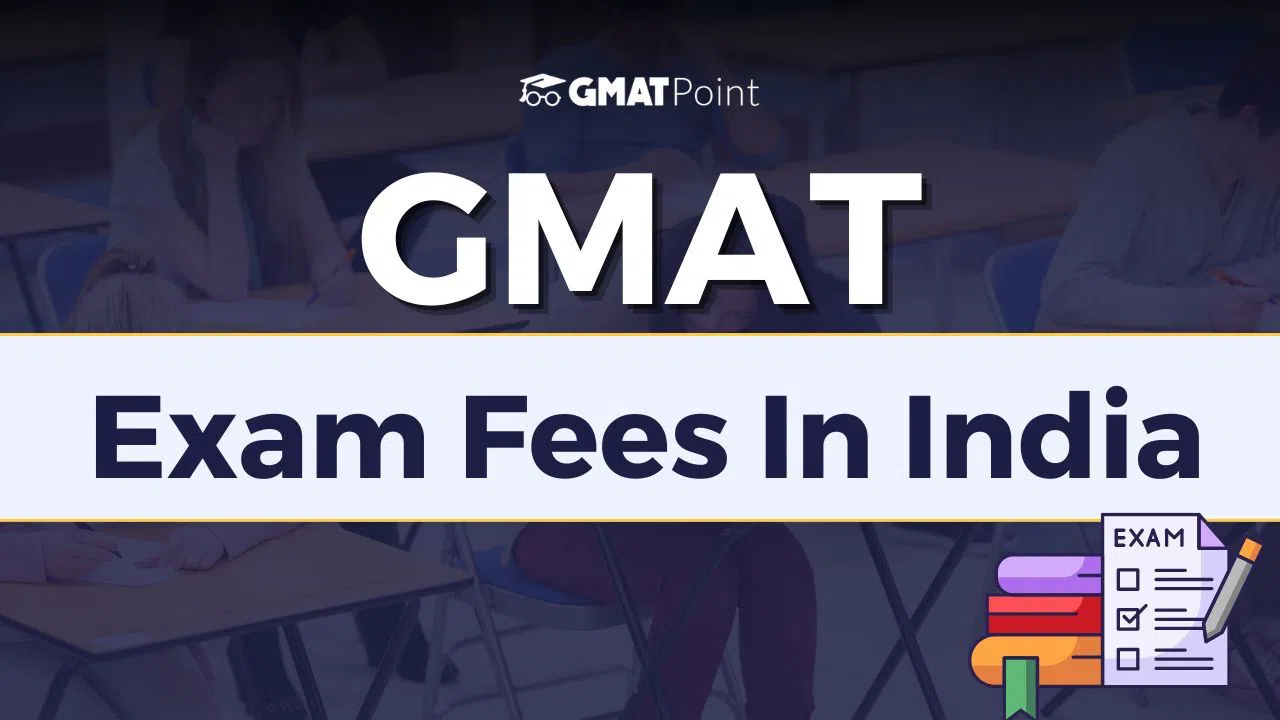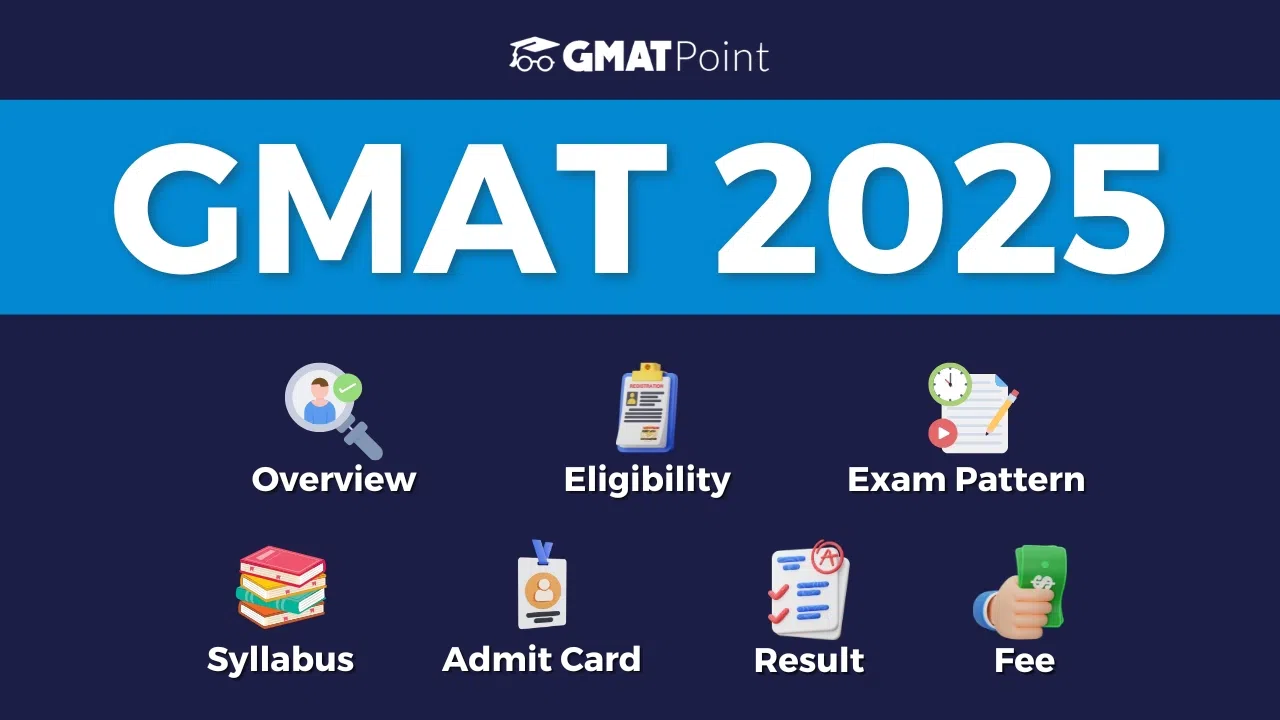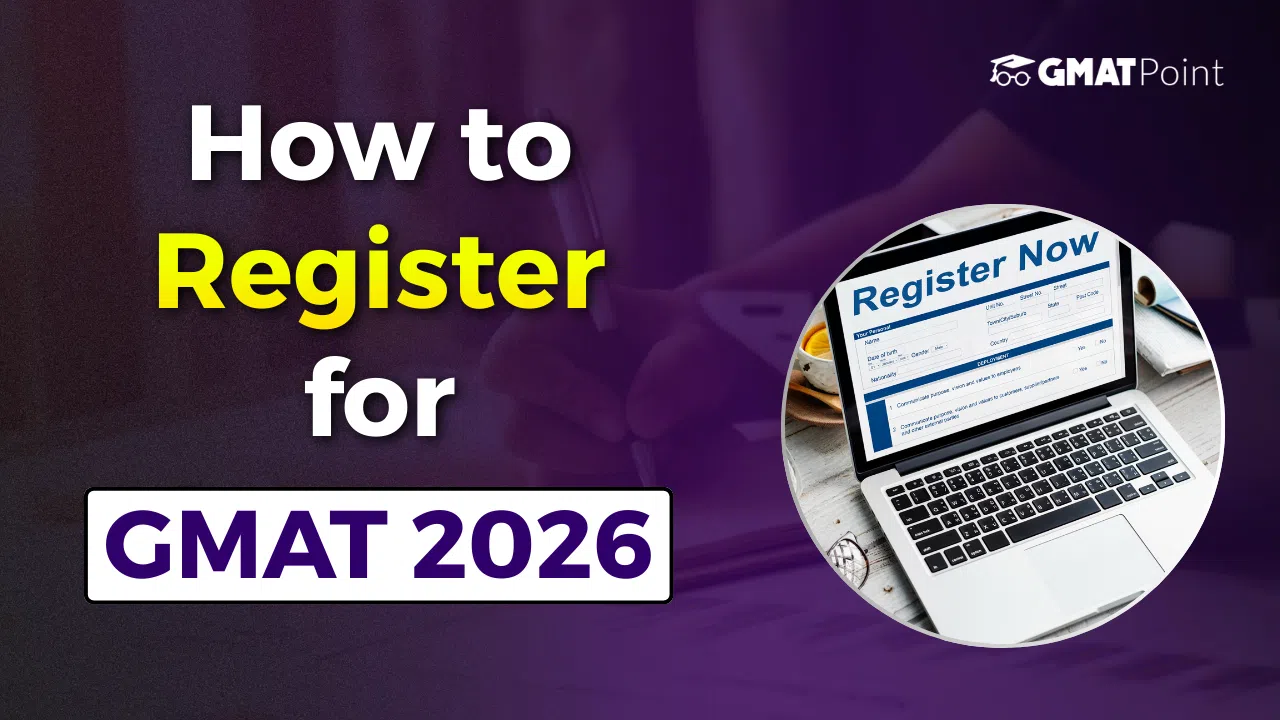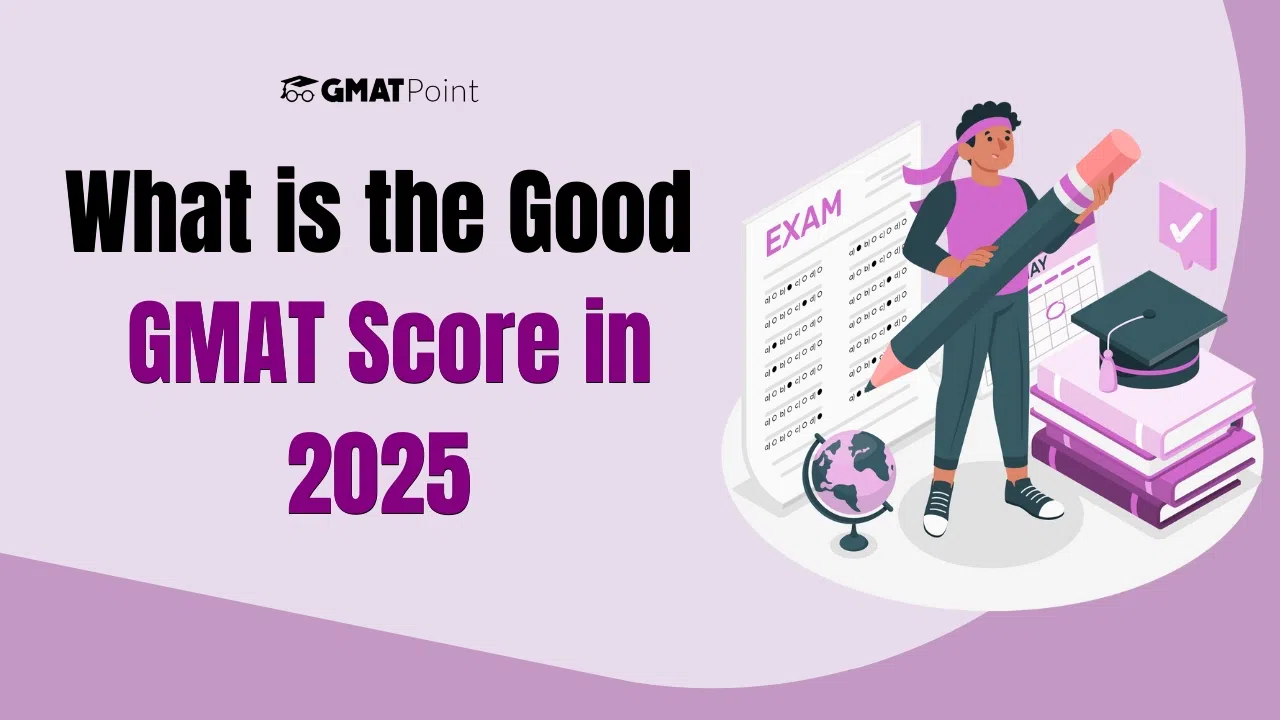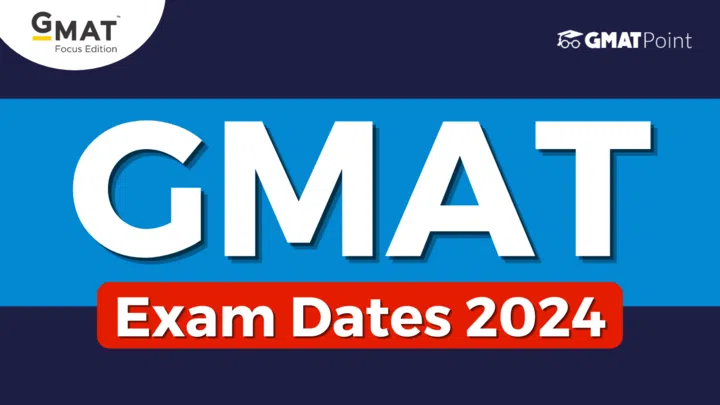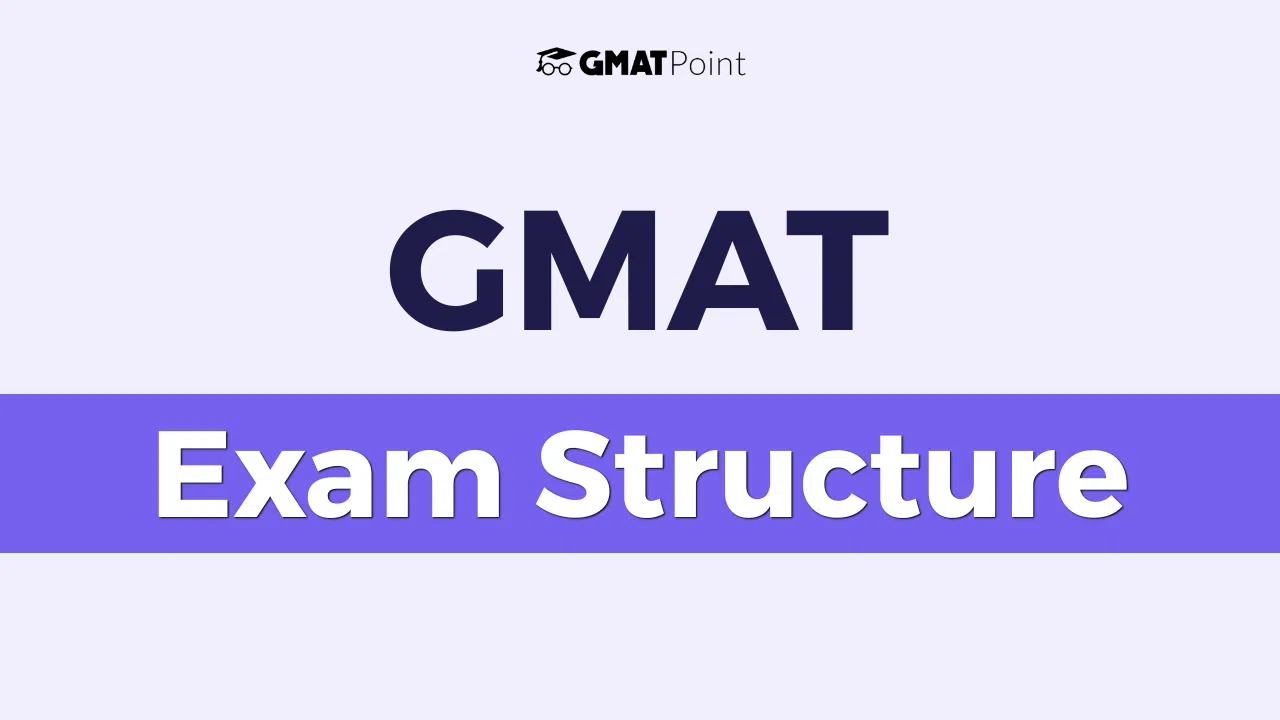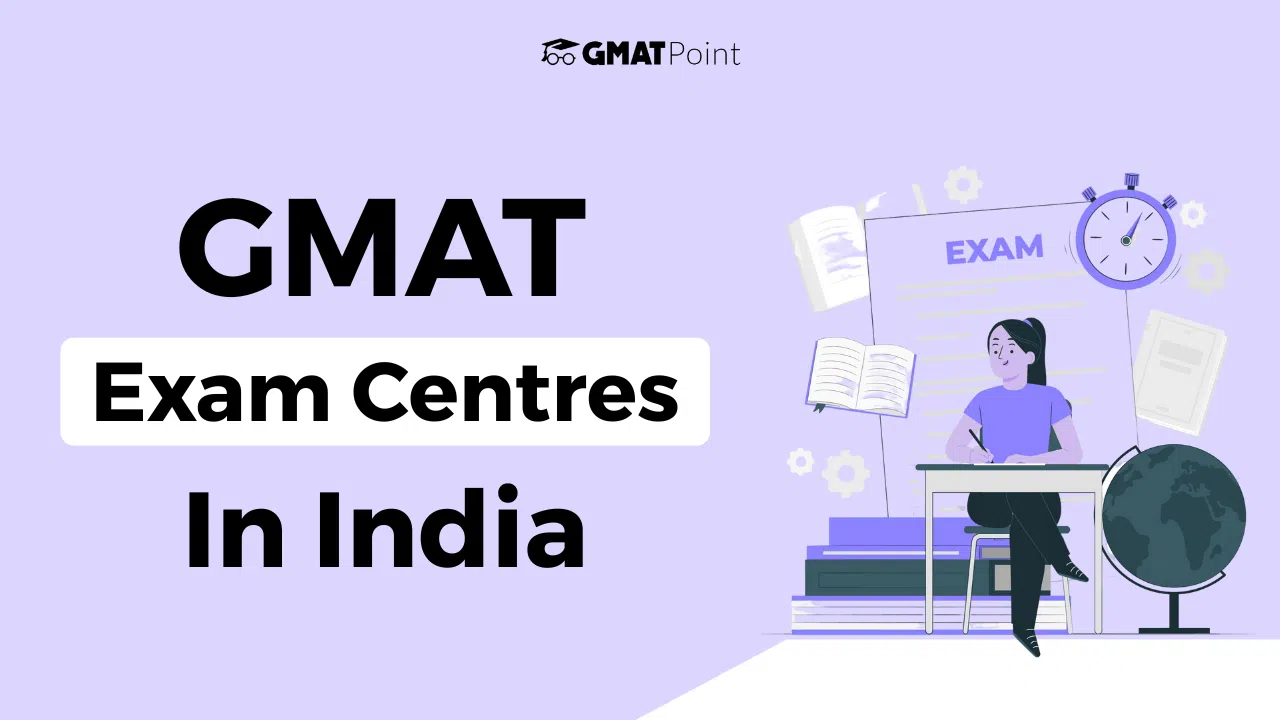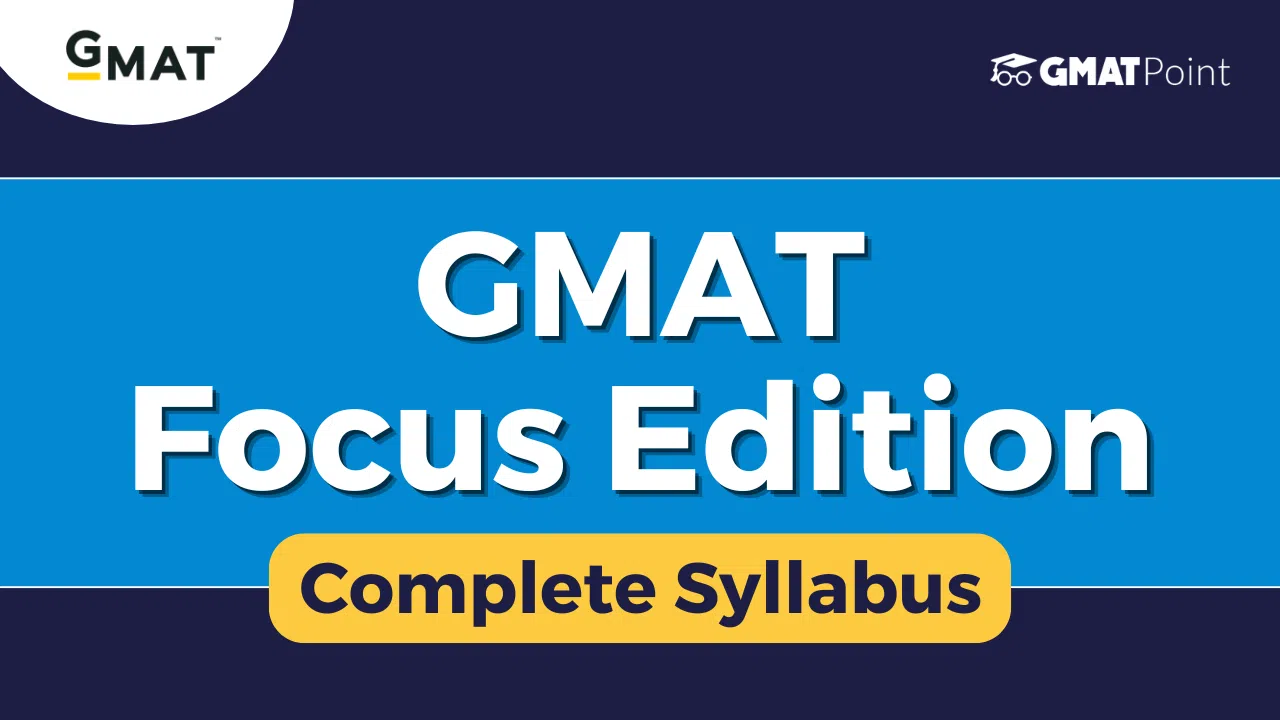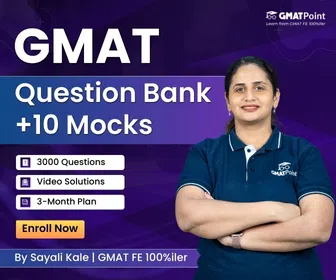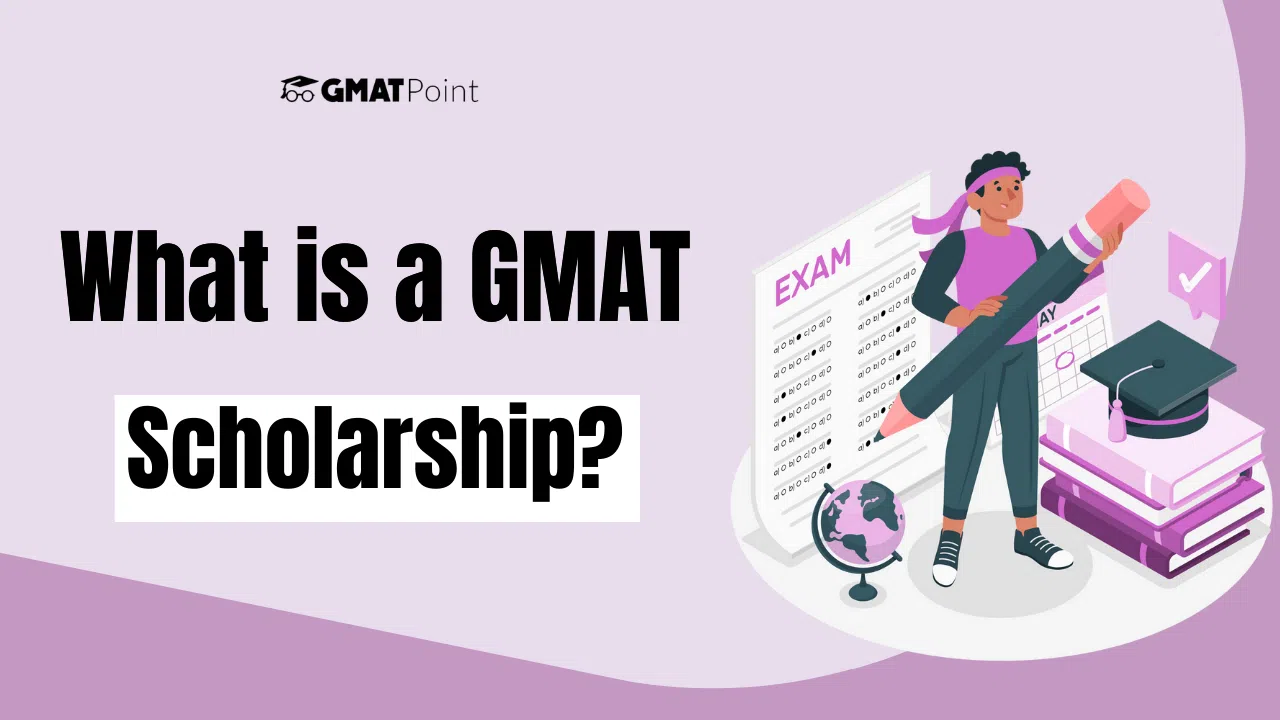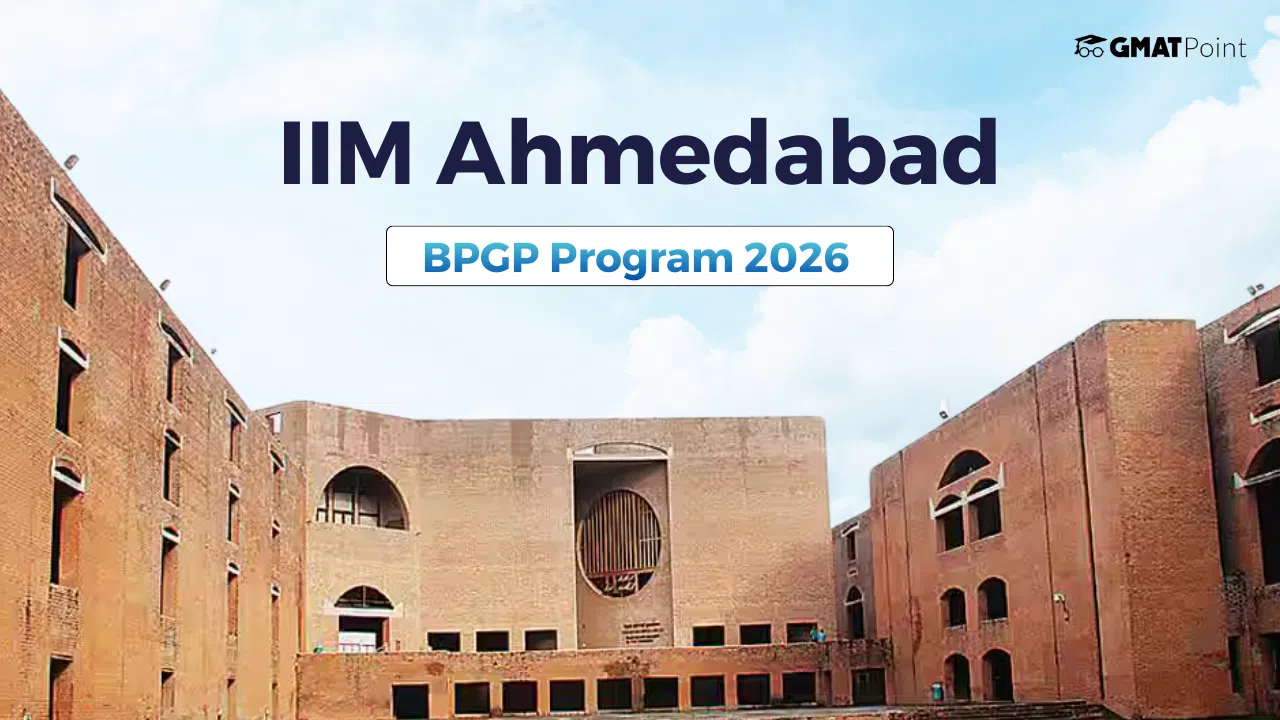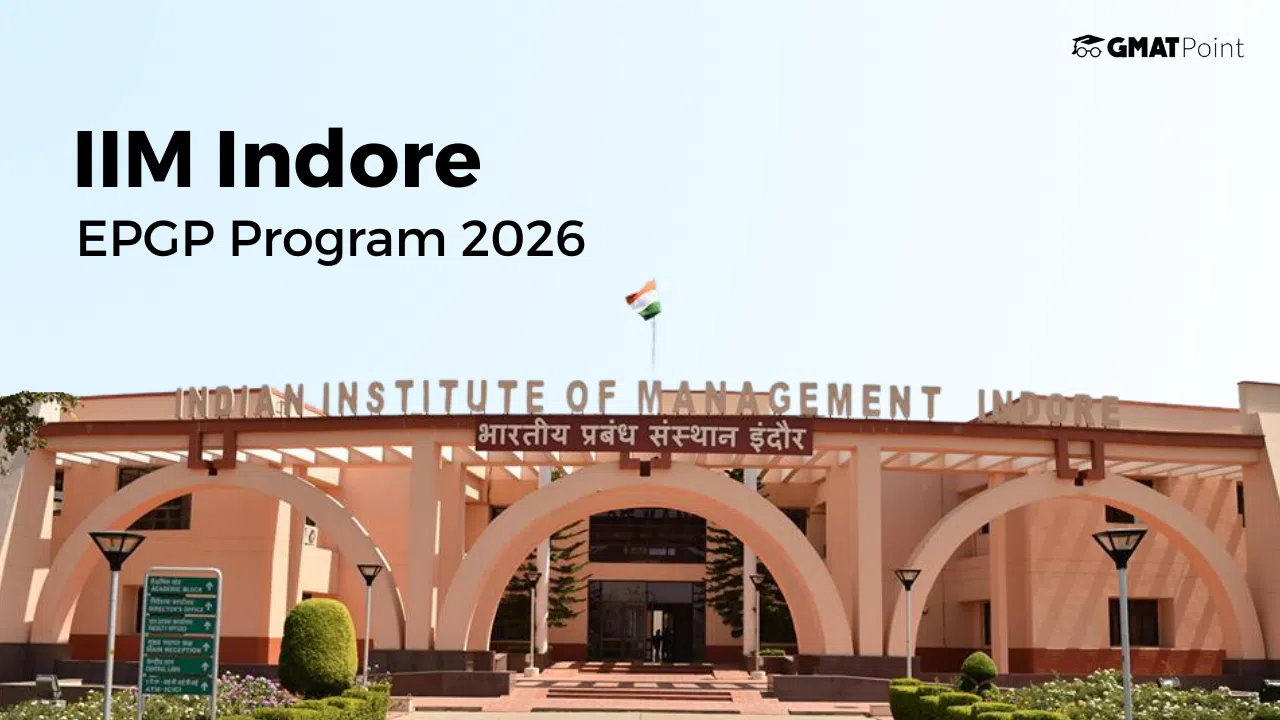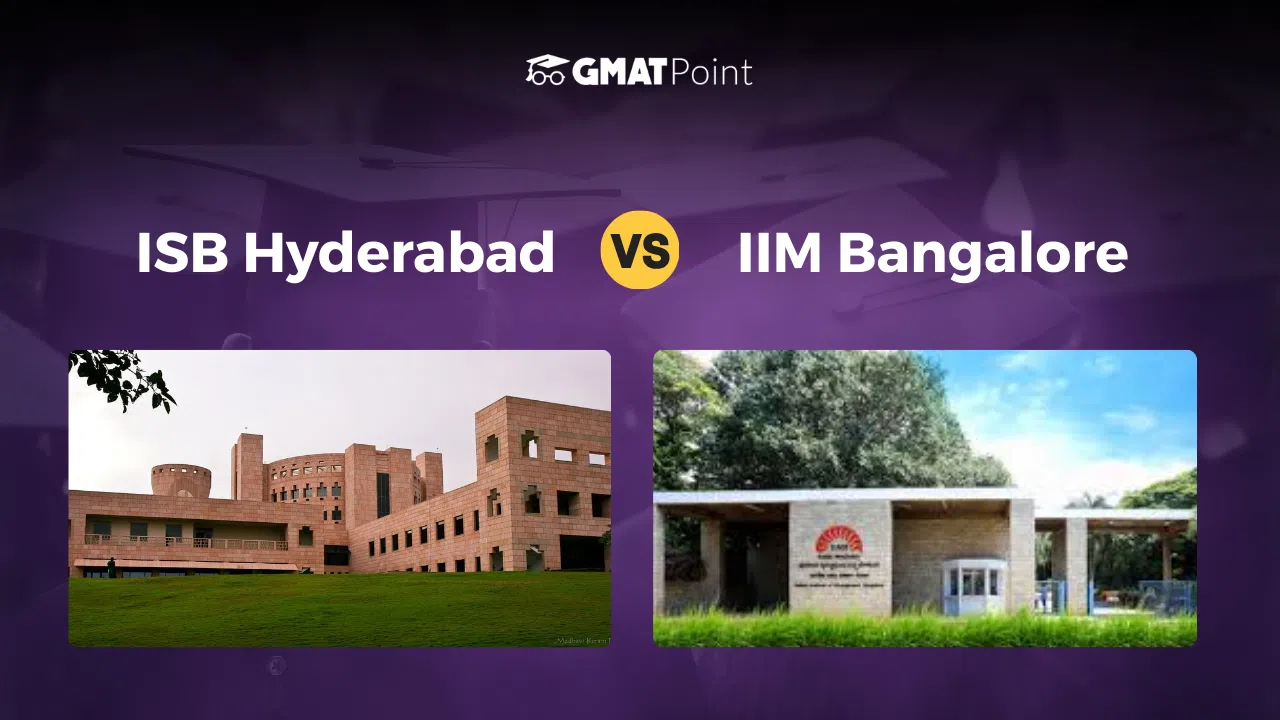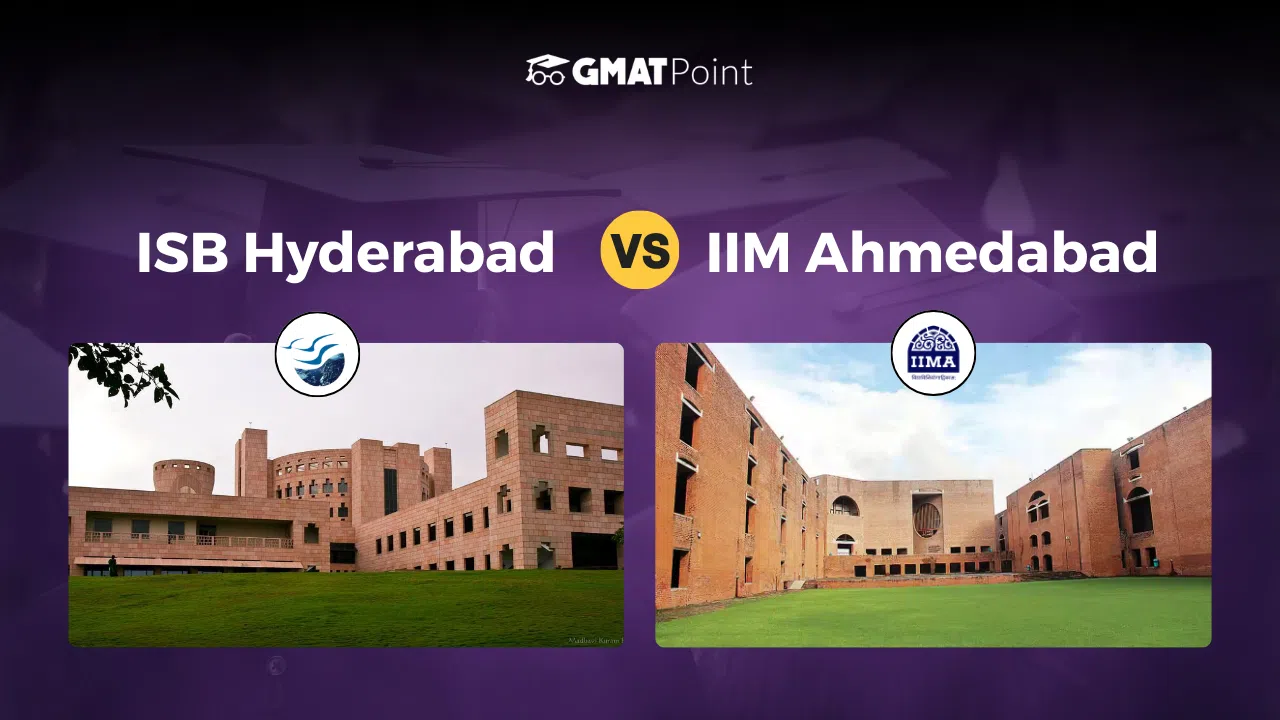GMAT Exam Pattern 2025: The GMAT Exam (Focus Edition) 2025 is a computer-adaptive test designed to evaluate skills needed for graduate management programs. It consists of three sections: Quantitative Reasoning, Verbal Reasoning, and Data Insights.
The GMAT Exam Pattern for Quantitative Reasoning includes 21 questions to be completed in 45 minutes and tests arithmetic and algebra problem-solving skills. The GMAT Exam Pattern for Verbal Reasoning features 23 questions in 45 minutes, focusing on reading comprehension and critical reasoning. Meanwhile, the GMAT Exam Pattern for Data Insights has 20 questions in 45 minutes and assesses data interpretation and analysis abilities.
The total testing time is 2 hours and 15 minutes, with an optional 10-minute break. The GMAT is available year-round at test centers and online. Scores are valid for five years and are accepted by over 7,700 programs at around 2,400 graduate business schools worldwide.
What is the GMAT Focus Edition 2025?
The GMAT Focus Edition is the latest version of the GMAT exam. It was launched in 2023 and will be used for admissions in 2025. This version is designed to test the skills that business schools look for in today's world.
It has three sections: Quantitative Reasoning, Verbal Reasoning, and Data Insights. The exam is shorter than the old version and takes about 2 hours and 15 minutes to complete. You can choose the order of the sections and even review and change up to three answers per section.
Each section is scored between 60 and 90. The total score ranges from 205 to 805. The GMAT Focus Edition is accepted by thousands of business schools around the world.
Also, take GMAT Mock Test
GMAT Exam Pattern 2025: Section-wise Marking Scheme
The GMAT Focus Edition, introduced in 2023, is the current version of the GMAT exam. It consists of three sections: Quantitative Reasoning, Verbal Reasoning, and Data Insights. Each section is designed to assess specific skills needed for graduate business programs. Each section is scored individually on a scale of 60 to 90, and the total score ranges from 205 to 805. Below are the key details of the GMAT Exam Pattern 2025:
Section | Number of Questions | Time Limit |
Quantitative Reasoning | 21 | 45 minutes |
Verbal Reasoning | 23 | 45 minutes |
Data Insights | 20 | 45 minutes |
Total | 64 | 2 hours 15 minutes |
Also Check, GMAT Syllabus 2025, Exam Pattern, Section-Wise Syllabus PDF
Changes in GMAT Exam Pattern
Significant GMAT new exam format changes include the following:
- Removal of Analytical Writing Assessment (AWA): The essay section has been eliminated.
- Introduction of Data Insights Section: This new section replaces the Integrated Reasoning section and focuses on data analysis skills.
- Shorter Test Duration: The total exam time has been reduced from 3 hours and 7 minutes to 2 hours and 15 minutes.
- Enhanced Question Review: Test-takers can now review and change up to three answers per section before submitting.
GMAT Exam Pattern at Test Centre vs Online
The GMAT Focus Edition is available both at test centres and online, with identical content, structure, and scoring. The choice between the two formats depends on personal preference, as there is no objective advantage to either.
Key Differences Between Old GMAT and New GMAT Focus Edition
The GMAT Focus Edition is the updated version of the traditional GMAT exam, designed to better reflect the skills needed in today’s business world. Launched in 2023, it is shorter, more flexible, and more focused. The total testing time has been reduced to about 2 hours and 15 minutes, compared to over 3 hours in the older version. Below are the key differences between the old GMAT and the new GMAT Focus Edition:
Feature | Old GMAT | GMAT Focus Edition |
Sections | 4 (Quant, Verbal, IR, AWA) | 3 (Quant, Verbal, Data Insights) |
Duration | 3 hours 7 minutes | 2 hours 15 minutes |
Total Questions | 80 | 64 |
Score Range | 200-800 | 205-805 |
Essay Component | Included | Removed |
Question Review | Not Allowed | Up to 3 per section |
The GMAT Focus Edition brings several updates, including the removal of the Analytical Writing Assessment (AWA), the introduction of the Data Insights section, a shorter test duration, and the option to review and change up to three answers per section. These changes are intended to make the exam more relevant to today’s business school requirements and more flexible for test-takers.
Also Check, GMAT Study Material 2025, Mock Tests, Sample Papers PDF
GMAT Marking Scheme 2025
Each of the three sections (Quantitative Reasoning, Verbal Reasoning, and Data Insights) is scored on a scale of 60 to 90 in 1-point increments. These scores are then combined to produce a total score ranging from 205 to 805 in 10-point increments. Here is the breakdown of the GMAT Marking Scheme 2025 to help you understand how your performance will be evaluated:
Section | Questions | Time | Score Range | Increments |
Quantitative Reasoning | 21 | 45 minutes | 6-90 | 1-point |
Verbal Reasoning | 23 | 45 minutes | 6-90 | 1-point |
Data Insights | 20 | 45 minutes | 6-90 | 1-point |
Total GMAT Score | — | — | 205-805 | 10-point |
It is important to note that leaving questions unanswered may negatively affect your overall score due to the GMAT Score Penalty for Unanswered Questions.
Also Check , GMAT Sample Paper 2025, Practice Tests With Solutions PDF
How Does GMAT's Computer Adaptive Algorithm Work?
The GMAT Focus Edition employs a Computer Adaptive Test (CAT) format for the Quantitative and Verbal Reasoning sections. This means the difficulty of questions adjusts in real-time based on the test-takers performance. Correct answers lead to more challenging questions, while incorrect answers result in easier ones. This adaptive mechanism provides a more accurate assessment of a candidate's abilities.
GMAT Exam Pattern 2025: Conclusion
The GMAT Focus Edition 2025 reflects a more modern, efficient, and flexible exam structure for business school aspirants. With a reduced duration of 2 hours and 15 minutes, it includes only three main sections—Quantitative Reasoning, Verbal Reasoning, and Data Insights. Each section carries equal weight in terms of timing and scoring, offering candidates a focused approach to assess their skills in math, comprehension, and data interpretation.
One of the biggest advantages of the 2025 GMAT format is the ability to review and change up to three answers per section, giving test-takers more control. The removal of the AWA section and introduction of the Data Insights segment highlights the GMAT’s shift towards real-world business analytics. Whether you take the test online or at a center, the format remains the same—making it convenient and globally accepted for over 7,700 programs across 2,400 business schools.
